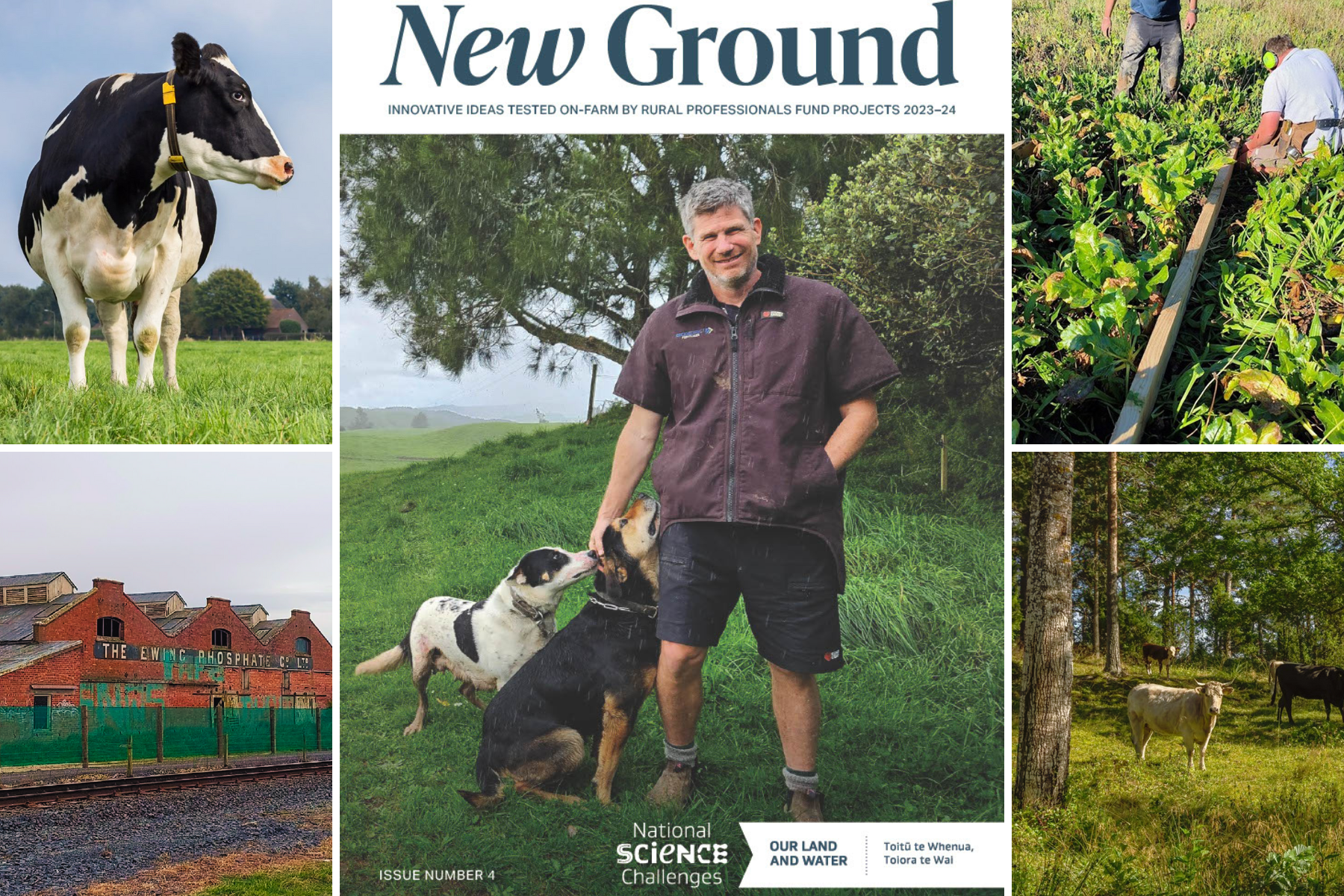The ability to reduce soil legacy phosphorus at a country scale
January 2020
Publication: Frontiers in Environmental Science
Author(s): R. McDowell, R. Dodd, P. Pletnyakov, A. Noble
The build-up of soil phosphorus (P) beyond plant requirements can lead to a long-term legacy of P losses that could impair surface water quality. Using a database of ‚àº4,50,000 samples collected from 2001–2015 we report the level of soil P enrichment by soil type, land use and region and the time it would take for Olsen P to decline to agronomic targets (20–0 mg L–1) if P fertilizer was stopped. We also modeled the time it would take for water extractable P (WEP), an indicator of P losses in surface runoff, to decline to an environmental target (0.02 mg L–1). Some 63% of the samples were enriched beyond agronomic targets. The area-weighted median time to reach the agronomic target was predicted to occur within a year for 75% of samples but varied up to 11.8 years in some land uses. However, the area-weighted time to reach an environmental target was 26–55 years for the 50th and 75th percentile of areas. This indicates that while an agronomic target can be easily met, additional strategies other than stopping P fertilizer inputs are required to meet an environmental target.
 View Our Strategy Document 2019 – 2024
View Our Strategy Document 2019 – 2024



